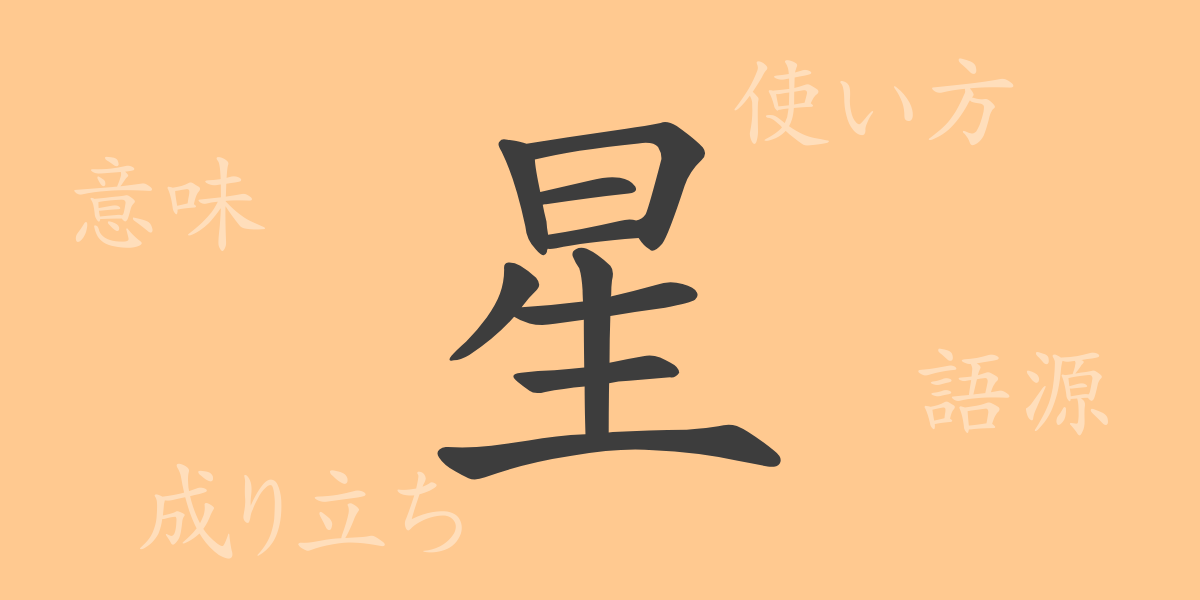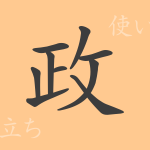Looking up at the night sky reveals countless stars that have stirred human imagination and given rise to myths and stories since ancient times. The kanji ‘星’ (ほし) symbolizes natural beauty and youthfulness, deeply ingrained in Japanese culture. This article focuses on ‘星’, exploring its origins, meanings, and uses, as well as phrases and proverbs related to it. Dive into the knowledge surrounding stars and perhaps feel a deeper romance when gazing at the night sky.
Origins of 星
The kanji ‘星’ originated in ancient China, used to describe the color of the sky and the vegetation. It is associated with the character ‘生’ (なま), signifying the fresh, vibrant color of growing plants, hinting at the breath of life. In ancient times, due to limited dye options, ‘青’ often represented colors like green or black as well.
Meaning and Usage of 星
While primarily denoting the color blue, ‘星’ carries a breadth of meanings. It symbolizes youth and freshness, as in ‘青春’ (せいしゅん, adolescence), and is used to describe the beauty of nature in phrases like ‘青空’ (あおぞら, blue sky) and ‘青海’ (せいかい, blue sea). The character also appears in expressions about emotional states, such as ‘青ざめる’ (to turn pale).
Pronunciation, Stroke Count, and Radical of 星
‘星’ is used in Japanese with several readings, depending on its context:
- Readings: On’yomi as ‘セイ’ or ‘ショウ’, Kun’yomi as ‘あお’, ‘あお-‘.
- Stroke Count: ‘星’ consists of 8 strokes.
- Radical: The radical is ‘靑’ (あおがしら).
Phrases, Idioms, and Proverbs Involving 星
There are numerous idioms and phrases involving ‘星’, showcasing the richness of the Japanese language. For example:
- 星が割れる (ほしがわれる): The culprit is revealed.
- 星の如くに列なる(ほしのごとくにつらなる): Many people lined up in a dignified manner..
Conclusion on 星
The kanji ‘星’ transcends its literal meaning of a color, embodying the beauty of nature, emotional states, and even stages of life. This character enriches Japanese expressions, allowing for vivid depictions of landscapes and feelings. Through this exploration, ‘星’ reveals itself not just as a word but as a portal to understanding the depth of Japanese language and culture, enhancing our appreciation of the linguistic landscape each time we look up at the sky.

























